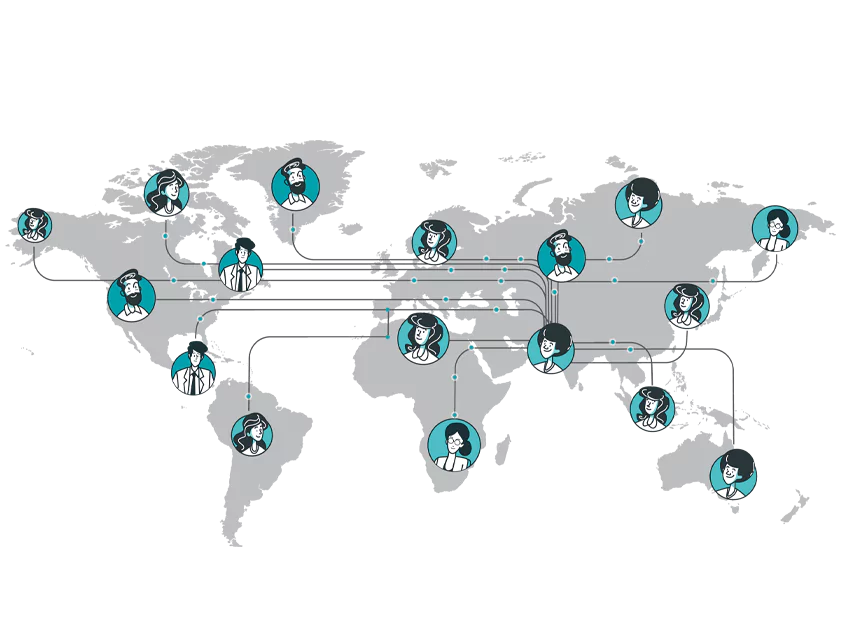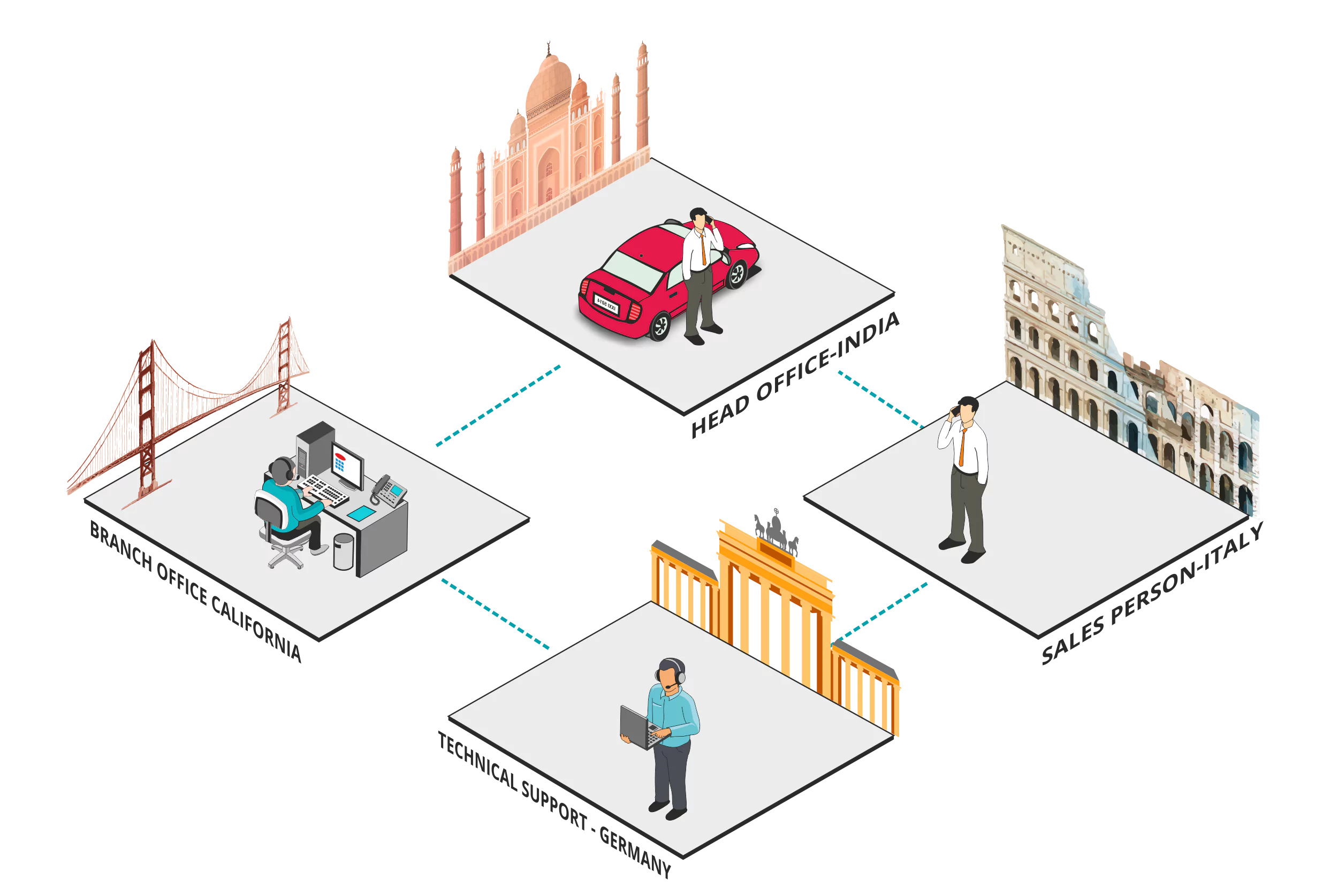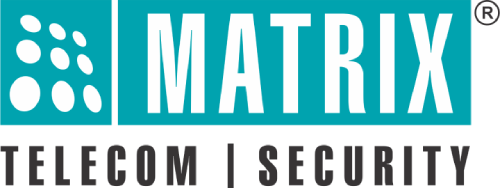Matrix Multi-location communication solution for modern businesses offers the flexibility to collaborate all the dispersed offices under a single network.
It offers optimum and feasible options for calling between offices and long-distance calls. The branches are connected through branch office communication systems via peer-to-peer connectivity, forming a virtual network between all systems. This connectivity provides one-touch calling access to all users for placing calls to colleagues irrespective of location. This setup helps maintain business continuity with an easily accessible contact list of all users and optimized communication over a secured VOIP network.
Matrix IP solution reduces telephony costs and all overhead expenses and improves staff efficiency.
Workforce Collaboration
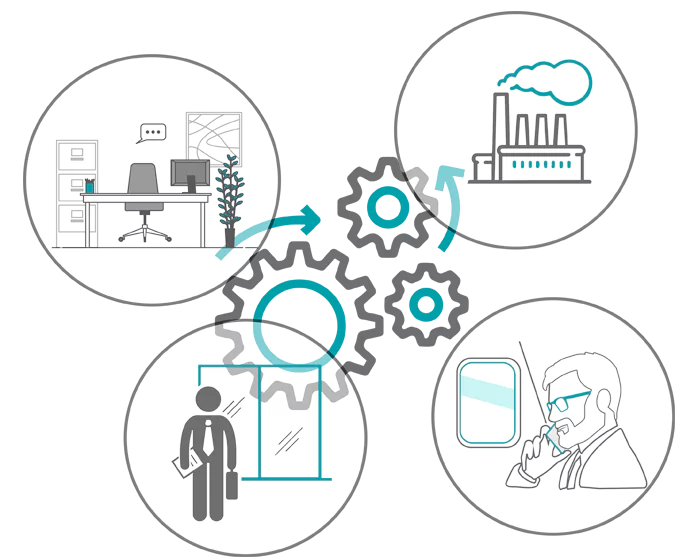

Centralized Management


Maintain Business Continuity
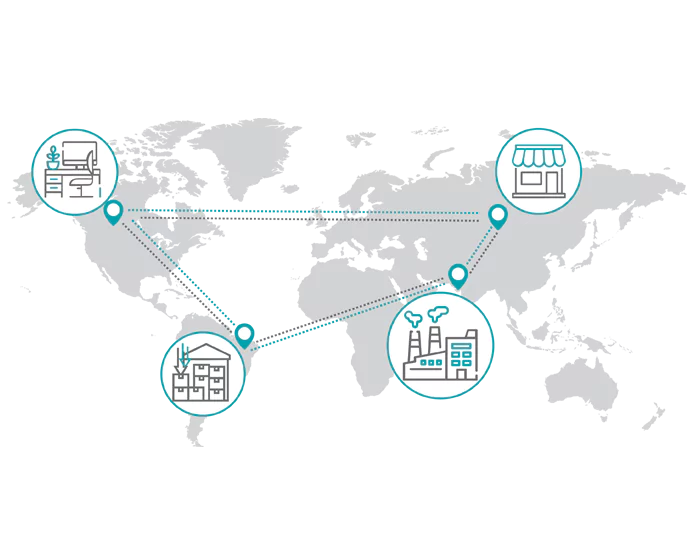

Maximize Savings over Long Distance Calls
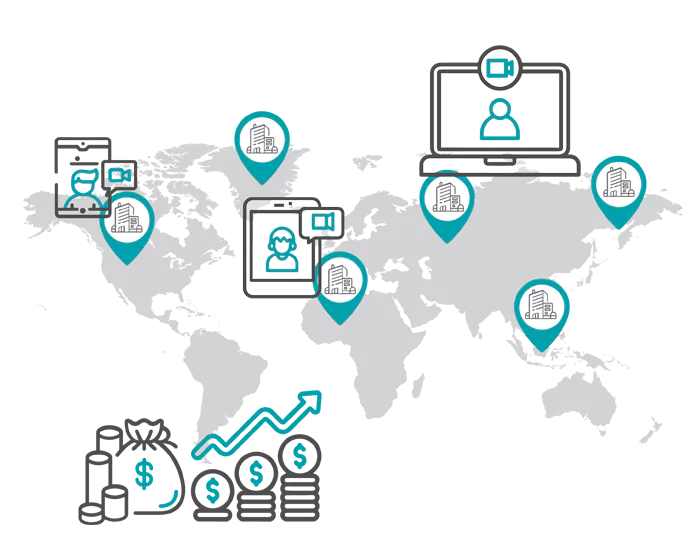

Optimize CAPEX and OPEX



